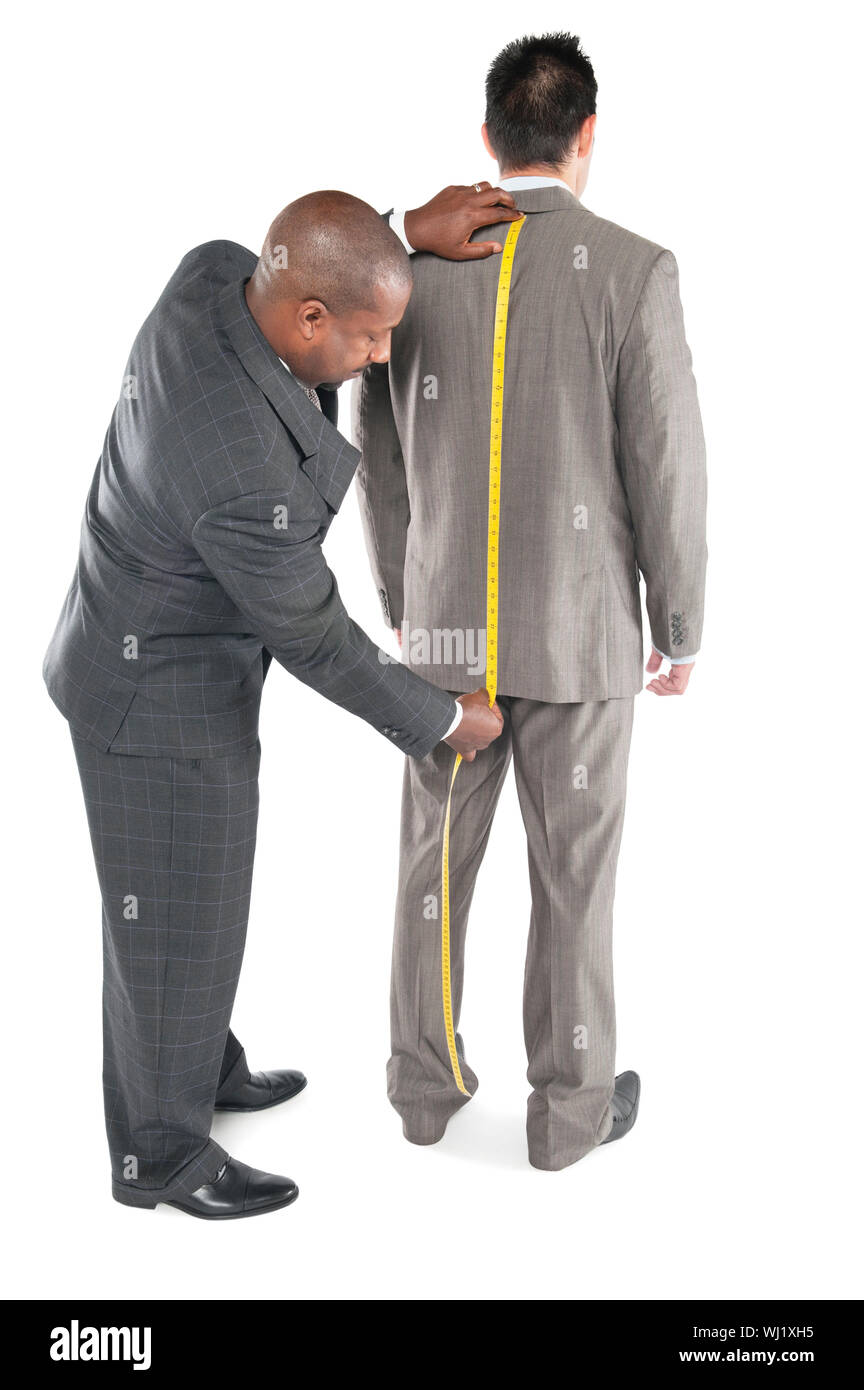Tailor Perth Specialists: Tailor-Made Solutions for Elegant Attire
Tailor Perth Specialists: Tailor-Made Solutions for Elegant Attire
Blog Article
Understanding the Tailoring Refine: From Material Option to Final Suitable for the Suitable Closet
The customizing process is a complex interaction of art and science, starting with the critical choice of material selection and finishing in the specific changes of last fittings. Each material type brings distinct qualities that affect not just the aesthetic appeal but additionally the garment's durability and suitability for various occasions.
Importance of Material Selection
Selecting the ideal fabric is critical in the tailoring process, as it directly affects the convenience, resilience, and general visual of the last garment (tailor perth). The option of fabric sets the foundation for the garment's design, performance, and efficiency. Various textiles possess unique homes, such as stretch, weight, and breathability, which can dramatically impact exactly how the garment drapes and fits the body
Additionally, textile selection impacts the garment's longevity and ease of care. Top quality fabrics can withstand wear and tear, maintaining their look and framework gradually, while lower-quality products may cause pilling or fading. Furthermore, the ideal textile adds to the garment's capacity to shift throughout celebrations and seasons, thereby improving adaptability.
A customized piece made from a proper material not only showcases craftsmanship however also raises the wearer's confidence. As a result, comprehending the nuances of material option is vital for any tailoring undertaking. It makes sure that the end product not just meets the aesthetic needs of the customer but also aligns with functional requirements, thus attaining a harmonious equilibrium between type and function in the tailored wardrobe.
Sorts Of Fabrics and Their Usages
Comprehending the various sorts of fabrics offered is important for making notified decisions during the tailoring procedure. Each textile possesses unique features that dictate its viability for details garments and occasions.
Cotton, known for its breathability and soft qualities, is optimal for sportswear and summer apparel. Its adaptability allows it to be customized right into whatever from tee shirts to dresses. Woollen, on the various other hand, is favored for its heat and framework, making it an excellent choice for formal fits and outerwear - tailor perth. Its natural flexibility assists garments preserve shape with time.
Silk exhibits deluxe and is lightweight, making it ideal for eveningwear and delicate blouses; nonetheless, it calls for cautious handling as a result of its delicacy. Bed linen, with its distinctive surface, is a popular selection for warm climates, providing a crisp and ventilated feeling, however it wrinkles easily, which may influence the garment's look.
Artificial fabrics, such as polyester and nylon, offer longevity and resistance to creases, making them ideal for day-to-day wear and active apparel. Understanding these textile types and their properties permits for much better decision-making, ensuring that each tailored piece not just fits well yet additionally aligns with the desired purpose and occasion.
The Tailoring Strategies Clarified
The art of tailoring counts on a selection of strategies that transform textile into well-fitted garments. Central to this procedure is pattern preparing, where a dressmaker creates themes based upon the customer's dimensions and desired design. This initial step makes sure that the garment will certainly fit the user correctly prior to any kind of cutting takes place.
Once patterns are developed, cutting strategies enter play. Accuracy is extremely important as errors can result in misfitting garments. Tailors commonly make use of various cutting methods, such as single-layer reducing for complex styles and multiple-layer reducing for performance on basic patterns.
Basting is another necessary method, allowing dressmakers to temporarily stitch fabric assemble for a preliminary fitting. This technique offers the opportunity to evaluate the drape and overall silhouette prior to last stitching.
Seaming techniques, consisting of french seams and flat-felled seams, boost the garment's longevity and visual appeal. Tailors likewise utilize methods such as interfacing and padding to supply structure and form to details areas, like shoulders and collars.
Lastly, completing strategies, consisting of hemming and edge ending up, guarantee the garment's durability while providing a refined appearance. Together, these methods create the foundation of reliable tailoring, resulting in exquisite, custom-fit clothing.
Suitable Changes and Considerations

Secret factors to consider consist of the shoulder fit, which must neither sag neither restrict motion, and the sleeve length, which must permit comfortable arm movement while preserving a polished look. Furthermore, changes at their website the waist can fine-tune the silhouette, with choices to allow out or absorb textile as needed.
The surge of pants is an additional essential factor; it needs to sit pleasantly above the hips without triggering pain, permitting ease of activity. Hemming lengths for both trousers and skirts need to reflect the visit homepage wearer's recommended style while appreciating percentages.

Maintaining Your Tailored Apparel
Appropriate maintenance of tailored garments is important to maintaining their fit and look gradually. To make certain longevity, routine cleaning is vital. Always comply with the care tag directions, which might recommend completely dry cleaning for delicate textiles or machine cleaning for more long lasting products. Avoid frequent laundering, as this can put on down the fabric and modify the garment's shape.
Storage space is similarly important; usage cushioned wall mounts for layers and jackets to keep shoulder structure, and store pants folded up nicely or hung to prevent creasing. Shield garments from direct sunlight, which can fade shades and damage fibers.
Furthermore, periodic inspections for small repairs can protect against bigger concerns. Inspect for loose switches, tearing joints, or indicators of moth damage, dealing with these troubles promptly to keep the garment's integrity.
Lastly, think about seasonal rotation. Wearing customized pieces in small amounts permits textiles to recoup, prolonging their life-span. By executing these maintenance methods, you can guarantee that your customized garments stay as immaculate as the day you first wore them, boosting your excellent closet for years to come.
Verdict
The customizing procedure, including fabric choice, knowledgeable techniques, and precise suitable adjustments, plays an essential function in developing garments that boost both website link comfort and design. Each phase adds to the total efficiency of the end product, making certain that clothing not just fits well however additionally mirrors specific identity. Additionally, comprehending the value of maintenance prolongs the life of customized garments, strengthening their worth in a well-curated wardrobe. A detailed strategy to tailoring culminates in a refined and certain look.
Picking the right fabric is critical in the customizing procedure, as it directly influences the comfort, durability, and general visual of the last garment. The choice of material establishes the structure for the garment's design, functionality, and efficiency. Different materials have unique properties, such as stretch, breathability, and weight, which can substantially influence how the garment drapes and fits the body.
The art of customizing counts on a variety of methods that transform fabric right into well-fitted garments.The tailoring process, including material choice, competent techniques, and specific suitable modifications, plays a crucial duty in producing garments that boost both convenience and design.
Report this page